Cradle to Cradle is a design concept guided by nature. With Cradle to Cradle, as in nature, there is no such thing as waste. In nature all things are products of a metabolic process and useful for other processes. Leaves of a tree are nutrients for the tree itself and other plants. Among leaves there are places to hide for mice or to hibernate for hedgehogs. Or think of a cherry tree: an abundance of blossoms creates new cherry tree generations. Every product, no matter how useless it may seem, is beneficial in nature.
Products designed according to the Cradle to Cradle design concept work exactly the same way. Therefore they are an important answer to the most urgent challenges of our times. They envisage their redesign into circular nutrient cycles in which value, once created, remains of worth to both man and nature. They are part of the lifecycle.
A shirt for example, whose production processes contain only eco-friendly components and which is biodegradable, can simply be composted and is a biological nutrient. Materials can also rotate in a technical nutrient cycles. Designed in a way that they can be disassembled, every carefully chosen material can be a follow-up product in a technical nutrient cycle. Thinking in these new ways of design, every television set or every washing machine can be reborn as a new apparatus.
The aim of the Cradle to Cradle design concept is to improve the quality of products so that they:
- have an improved consumer quality for the user
- pose no health risk for anyone who comes into contact with them
- are of both economic and ecological benefit
The Cradle to Cradle design concept is based on three innovative principles:
- Everything is designed to be a nutrient of something else (waste = food)
- Everything is produced by renewable energy from current solar income
- Everything contributes to diversity – be it conceptual, cultural or biological
The Cradle to Cradle design concept is an idea of the German chemist Prof. Dr. Michael Braungart and the American architect William McDonough. Its basis is the Intelligent Product System (IPS) that Braungart’s company EPEA (Environmental Protection and Encouragement Agency) developed from 1987 to 1992. Currently, hundreds of enterprises around the world offer products designed after the Cradle to Cradle design concept – among them many are from the Netherlands, the United States of America, Taiwan, Denmark, Austria, Switzerland and Germany. Even local authorities or institutions use it in their procurement.
More info at Cradle to Cradle NGO
 Monika Griefahn GmbH
Monika Griefahn GmbH